This month we’ll see the first direct fiber optic route between São Paulo and New York—the Seabras-1. (The final splice was reported in July.)
So why does this matter? Lots of new cables are in the works. In fact, Latin America itself is going through a submarine cable boom.
It matters because cables like Seabras-1, the soon-to-be-completed Monet, and the forthcoming BRUSA are all adding needed route diversity between the U.S. and South America.
In a nutshell: connecting the U.S. and South America through a city that’s not Miami is significant.
Latin America remains heavily connected to the U.S. in international connectivity.
In the case of the Seabras-1, we see the promise of lower latency between the financial and commercial centers of Brazil and the U.S., as well as a shorter overall distance between Brazil and the Mid-Atlantic. Presumably, BRUSA will do the same next year.
The Seabras-1 is operated and maintained from the Seaborn Network offices in the United States and Brazil. The new cable has a current maximum design capacity of 72Tbps, and Seaborn intends to include multiple branching units. This will allow for future expansion in North and South America.
BRUSA, a private cable built and operated by Telxius, will be nearly 11,000 kilometers, linking Rio de Janeiro and Virginia Beach.
Monet is a 6-fiber pair cable system with a potential capacity of of 60 Tbps. It’s owned by Algar Telecom, Angola Cables, ANTEL, and Google.

